Use Case Discovery
Let's understand your needs and ideas, and discover how to best make use of our AI technology for maximum benefit

Through many years of experience working with clients across various industries, we have learned what the ingredients for a successful project are. We want to use this experience for you and turn your data-driven project into a great success.
Let's understand your needs and ideas, and discover how to best make use of our AI technology for maximum benefit
In an initial phase, we'll apply our technology to your real data to allow you to quickly assess the potentials of working with us
We seamlessly integrate our products into your environment, taking into consideration data security, performance, and robustness
Our systems are easy to maintain; yet you may choose to let us take care of system availability and continuous updates

We worked with researchers from Oregon State University on
improving software algorithms for detection and classification of
marine mammals in underwater recordings. Our solution is not only
more accurate than conventional methods used, it's also much faster,
processing years of audio recordings in a matter of
hours.
→ read more here and here
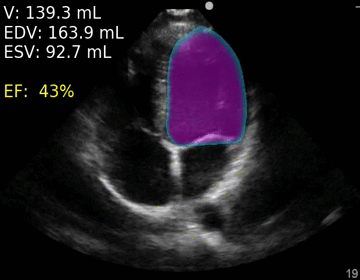
In collaboration with our medical technology clients, we implemented a number of deep learning-based medical image analysis applications for ultrasound and MRI.
For one client, we deployed ultrasound intelligence that was so far only available on high-end devices, to consumer smartphones, while achieving greater accuracy and real-time interaction.

We helped Jetpac, a company that used artificial intelligence to build city guides, implement a deep learning-based computer vision system that finds dogs among other curious things inside millions of Instagram photos. Jetpac used information extracted from images to automatically categorize locations.
Jetpac has since been acquired by Google.

Together with Lōtik, we created an intelligent low-power wireless sensor that clamps onto pipes and uses on-device signal processing and neural networks to detect water flow and leaks.

Together with the Museum für Naturkunde in Berlin, we've developed between 2013 and 2014 an app that can automatically identify hundreds of animal and plant species based on photos.
A feature in ARTE's FutureMag demos one version of this app in French.
Natural Vision showed me how to quickly apply their technology to a whole bunch of image-recognition problems we had at Jetpac, and produce much better results than our conventional methods.
Pete Warden, CTO of JetPac Inc
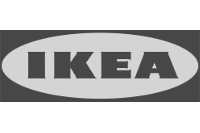

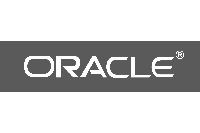
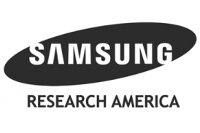


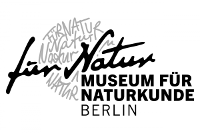
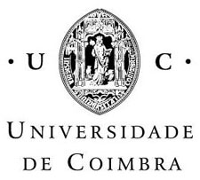



I must say, I am impressed by your Species Identification AI
Wolfgang Thomas, nature enthusiast, in 2013